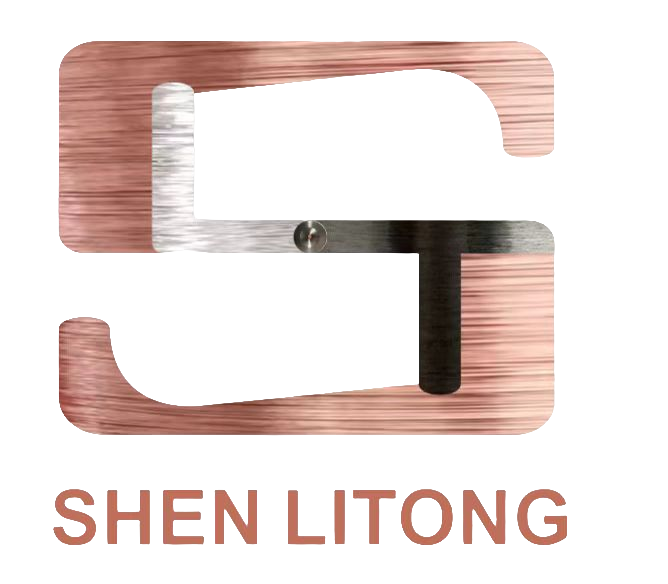What is the Die Angle of a Wire Drawing Die?
What is the Die Angle of a Wire Drawing Die
Wire Drawing Die
In the field of metal processing, wire drawing dies play a vital role. These dies use external pressure to pass metal wires through the die, thereby compressing their cross-sectional area to obtain the desired shape and size. The "die angle" in the die, as one of the key parameters, has a direct impact on the drawing process and the quality of the final product.
Definition and Importance of Die Angle
The die angle, that is, the angle of the die working area, is an important geometric parameter in die design. It determines the degree of compression and friction of the metal wire when passing through the die. Reasonable die angle design can reduce friction resistance during drawing, improve the surface quality of the wire, and extend the service life of the die.
Selection and Optimization of Die Angle
The selection of die angle is not fixed, but needs to be comprehensively considered according to multiple factors such as specific processing materials, wire diameter, drawing speed, and lubrication conditions. For example, when drawing hard metals such as tungsten wire, due to the high hardness of the material, a smaller die angle is required to reduce friction and wear; while when drawing soft metals such as copper wire, the die angle can be relatively large to improve production efficiency.
In recent years, with the development of materials science and processing technology, researchers have continuously optimized the die angle design through a large number of experiments and simulation analysis. They found that by adjusting the die angle, the drawing efficiency and die life can be significantly improved while ensuring product quality. For example, some advanced die designs use variable die angle technology, that is, different die angles are set at different positions to better adapt to the deformation characteristics of the wire during the drawing process.
The influence of die angle on product quality
The size of the die angle directly affects the stress state and deformation behavior of the wire during the drawing process. Too large or too small a die angle may cause defects such as cracks and scratches on the surface of the wire, and even cause damage to the die. Therefore, in the process of die design and manufacturing, the size and accuracy of the die angle must be strictly controlled.
In addition, the die angle is also closely related to the mechanical properties of the wire such as tensile strength and elongation. Reasonable die angle design can ensure that the wire obtains uniform deformation and stable mechanical properties during the drawing process. This is of great significance for the production of high-quality and high-performance wire products.
In summary, as one of the key parameters in the wire drawing die, the die angle has an important impact on the drawing process and the quality of the final product. By continuously optimizing the die angle design, the drawing efficiency and die life can be significantly improved, while ensuring the quality and performance of the wire products. In the future, with the continuous advancement of materials science and processing technology, we have reason to believe that the design and manufacturing technology of wire drawing dies will become more advanced and mature.
 English
English Español
Español Português
Português русский
русский français
français 日本語
日本語 Deutsch
Deutsch Tiếng Việt
Tiếng Việt Nederlands
Nederlands ไทย
ไทย Polski
Polski 한국어
한국어 Svenska
Svenska magyar
magyar Malay
Malay বাংলা
বাংলা Dansk
Dansk Suomi
Suomi हिन्दी
हिन्दी Pilipino
Pilipino Türk
Türk Gaeilge
Gaeilge عربى
عربى Indonesia
Indonesia norsk
norsk čeština
čeština Ελληνικά
Ελληνικά Українська
Українська नेपाली
नेपाली Burmese
Burmese български
български ລາວ
ລາວ Latine
Latine slovenský
slovenský Lietuvos
Lietuvos

Changzhou Shen Litong Mould invites you to visit the exhibition
From August 27th to 29th, 2025, at SHANGHAI NEW INTERNATIONAL EXPO CENTRE,the 12th China International Wire&Cable Industry Exhibition (Hall E1, G21), Shen Litong Dies sincerely invites you to visit, exchange and offer guidance, and jointly explore new developments in the industry.
Read MoreComparing PCD Die Blank Grain Sizes
Near-single crystal structure, virtually grain-boundary-free surface, hardness approaching natural diamond.
Read MorePCD Shaving Peeling Dies vs. TC Shaving Peeling Dies
PCD Shaving Peeling Dies: Made from polycrystalline diamond (PCD), offering ultra-high hardness, wear resistance, and thermal conductivity. Their lifespan is 10–20 times longer than TC dies, making them ideal for non-ferrous metals (e.g., aluminum, copper) and achieving high surface finish quality.
Read More